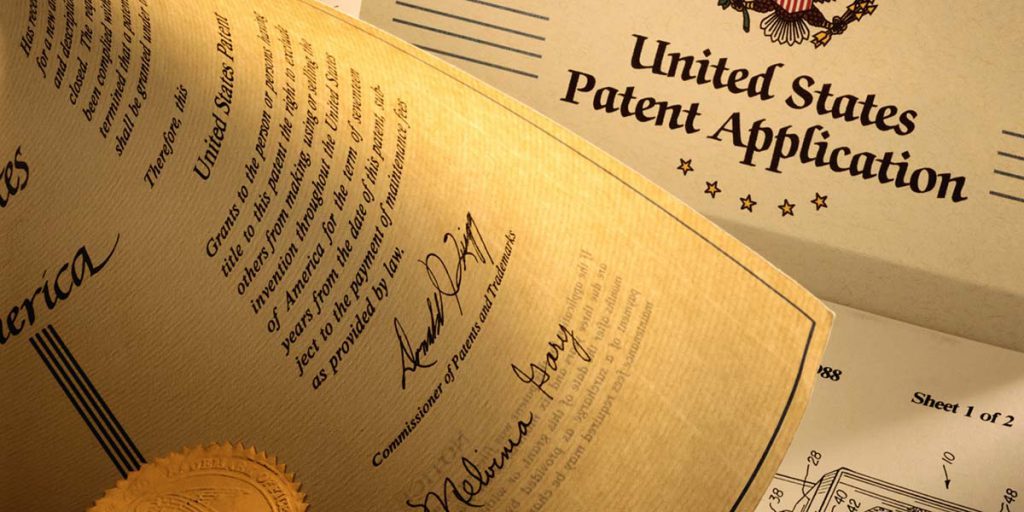Adopting good house keeping practices is a prerequisite to efficient management of patents. To avoid costly mistakes while prosecuting and maintaining patents, it is necessary to have an organized, yet simple systems for file management and docketing. Being jurisdictional in nature, seeking protection for every invention involves filing and managing multiple patents in multiple countries. Furthermore, most patent strategies adopted by companies to manage the lifecycle of their product involve filing multiple patents covering different aspects of the same invention leading to a sizable portfolio of patents to be prosecuted and maintained throughout its lifetime. The difference in laws and rules, the different timelines and also the sheer volume of the portfolio makes it inevitable to have an organized approach towards its management.
Through this post, we intend to discuss a few measures that will help one to plan and implement efficient management of patent files. Although not comprehensive, this post intends to be an appropriate starting point for building a robust patent management system within the organization.
Cost analysis and prioritizing
Just like filing and prosecution of a patent, managing a patent is also cost intensive. Given that every invention may branch out into multiple patents, managing a patent family will involve significant cost, time and resources. Hence, even though filing patents is highly recommended to maximize the commercial value of your invention, it is advisable to not file patents blindly without assessing their worth. Research efforts towards assessing the commercial potential of an invention in different geographies, over different time periods, assessing competition, validating patentability and the freedom to operate the invention will enable one to determine the value the patents pertaining to that invention bring to their business, thus enabling one to decide whether it’s worth protecting and investing in.
Often, the size of a patent portfolio is wrongfully used as a reference to determine its value. A large portfolio with commercially viable inventions is definitely highly valuable. However, if the inventions do not have significant commercial value, a large portfolio is often a liability. Given that cost and effort taken to manage a portfolio is directly proportional to its size, we highly recommend determining the worth of the patents in the portfolio and accordingly prioritizing their management.
Efficient Docketing system
An organized system to manage files is imperative to efficient patent file management. The market has many tools to offer for this purpose and most of them are comprehensive and effective. Managing small portfolios may not require a dedicated tool and the file management provisions provided in traditional computers may be sufficient and effective. However, for maintaining larger portfolios, tools can prove to be of great value.We would recommend either building or acquiring a tool that is simple to navigate and customizable to your use. Provisions to track deadlines, save files, update the progress of files and extract history of the files are few features that can be really helpful in efficient management of the patent files. A well-designed file coding mechanism is also a desirable feature in the tool to enable tracking and extraction of specific files or office actions. Another important aspect to be noted while designing the tool is that the time taken to instruct foreign attorneys, get translation of responses and other possible transactional delays that need to be factored in while setting task deadlines in the docketing system.
Periodic Auditing
Multiple deadlines need to be tracked and acted upon during the prosecution and maintenance phase of a patent application/patent. Missing a deadline may cost you a patent and hence managing deadlines is critical to the validity of the patent. Hence, weekly auditing of all the files in the portfolio for pending actions and deadlines is highly recommended.
Sound Knowledge of legal procedure
Despite harmonization of IP laws through International agreements, every country has unique formal requirements for patent filing, prosecution and maintenance. Creating deadline alerts and customizing the tool to incorporate these differences is necessary for maintaining the patents in multiple countries. Knowledge of the procedural laws and rules is thus important to enable maintenance of patent families effectively.
The readers may appreciate that the challenges faced in managing patent files vary in type and gravity depending on the size of the organization, the investment the organization makes for this purpose, the technology, the market and several other factors. Hence, one cannot recommend a rule-book for efficient management of the patent files. To build a robust system for patent files management, in addition to the pointers provided above, one has to customize the system to suit their needs within the scope of their resource capabilities to design an efficient yet cost effective management system.


